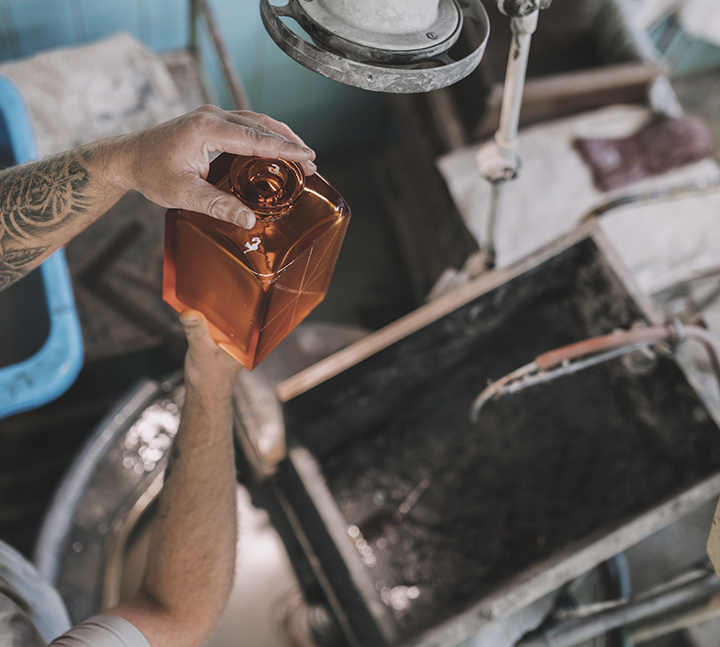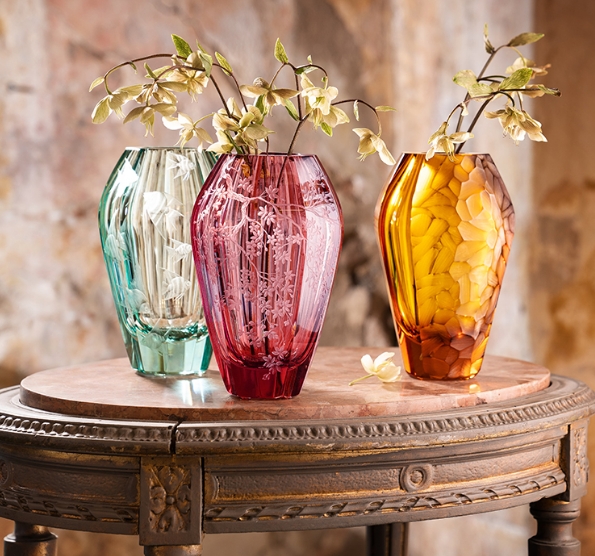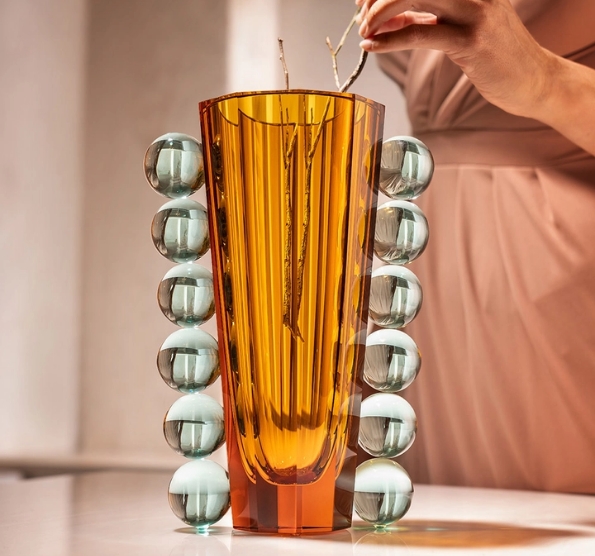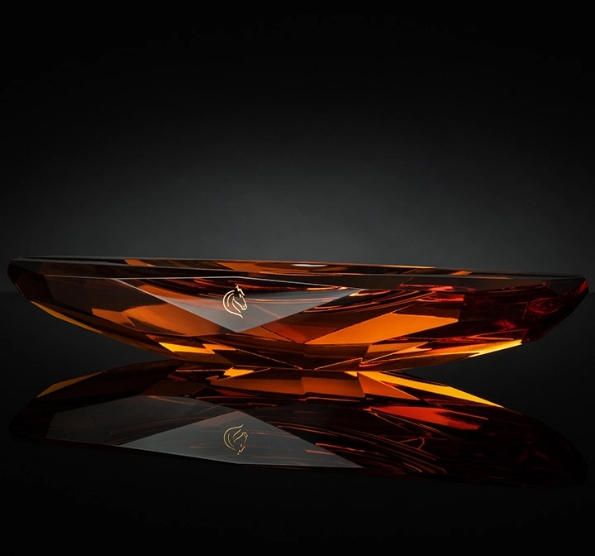Breadcrumbs navigation
- Home page
- About Moser
- Blog
- WHEN CRYSTAL “DIAMOND” STARTS TO TAKE SHAPE: Cutting, phase one

WHEN CRYSTAL “DIAMOND” STARTS TO TAKE SHAPE: Cutting, phase one
Our journey following the individual Moser manufacturing stages is indeed long – one that involves each piece gradually going from one pair of hands to another.
If you expected quality control to be the end of the process, we have to shed light on the reality. The story still continues – right now we invite you to the cutters’ workshop.
Even here, the process isn’t as simple as it might seem, it has its own phases and specifics. To make things clear, we have to specify that we speak about the first phase cutting. In other words, this is the time to get rid of excess material and smooth the surface where it’s sharp or coarse.
So, let’s begin. First, remove the debris from blowing at the furnaces, this can be done in two ways: thin-walled drinking sets are cut with fire and the thick one requires the use of a DIA saw. When the cutting off is done, it’s time to start caring about the surface. To make the drinking sets to be both safe and functional (standing straight and being the same height), the bottoms and the rims have to be smoothed. The bottle openings and caps are then drilled, making sure that pairs match each other. All of this being done on various types of cutting machines.
From the initial cutting stage with the rough grains known as carbo), over the next with a smoother carbo, softening with micro grains and grinding the rims from inside and outside, up to polishing with pumice stone or with cerium oxide for high shine – this place moves mainly on the surface. Although, as any other parts of Moser glassworks, it’s very much based on the detailed and careful work of many pairs of hands. Now off to another stage. Next time we are going to show you the second phase of quality control.








